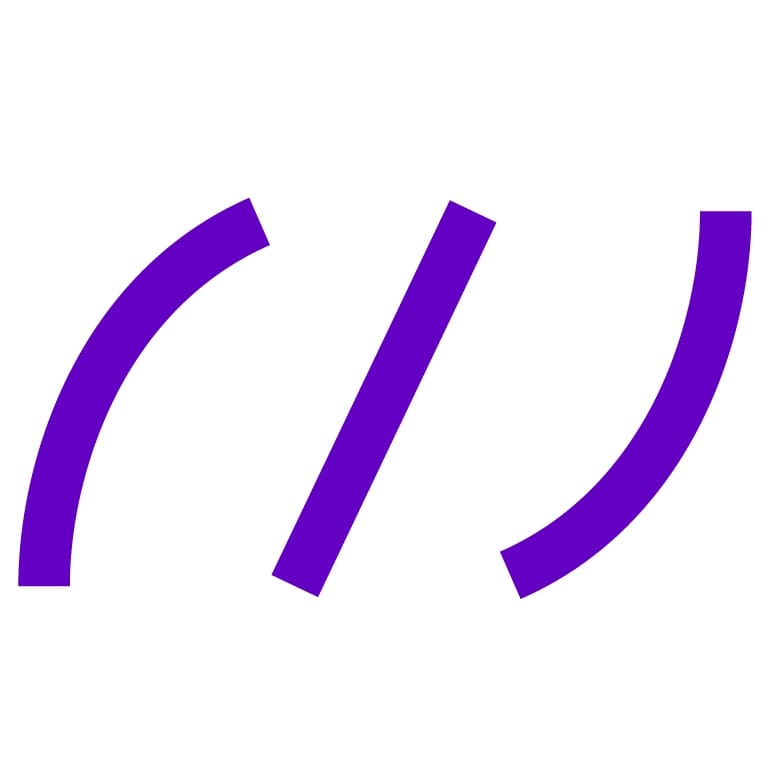The Johari-Window: A team growth hack on the image you have of yourself and that which others have of you
In an increasingly digital and agile working world, team collaboration becomes more and more important. Projects become more complex. Often, boundaries within the organization need to open in order for many people from different units to work together. As the stakeholders increase, agreeing on shared goals and strategies might also create challenges. This gets especially complicated, when those stakeholders come from different backgrounds, when they are used to different approaches to work, or have different understandings of where a particular project should go.
Adding to that complexity is the need to collaborate digitally. While working in a virtual team is not unusual any more, different virtual teams might also use different technologies. Agreeing on 1-2 technologies for collaboration, i.e., a videoconferencing tool, a share point for data, and a communication tool is an important step to get a collaborative started. Collaboration will additionally be supported by an initial effort of the team members to get to know each other.
Origins of the Johari-Window
The Johari-Window is a tool which efficiently supports team collaboration. It was first conceived by the social psychologists Joseph Luft und Harry Ingham in 1955. Their goal was to develop a tool that helps the members of a group to detect their individual blind spot. In this the scientists followed the notion of the Iceberg-Model that proposes that usually only about 20% of an information about an individual is public, whereas 80% of the information is either unknown or at least not shared with a wider audience. Yet, in order to efficiently work together, it helps to know your team members. Knowing each other also drives team growth. In this regard, the Johari Window provides the chance to openly talk about possible goals for personal and/or team development. It is an invitation to the team members to share individual secrets, things they know about each other, and notions that the individual team member might not (yet) know about him- or herself.
How to apply the Johari-Window as a team:
Step 1: Individual reflection of the public person
Looking at the part “Public Person” ask yourself what others may know about you. This can include stations in your CV, which are important for your current role within the team. You can also look at a list of various adjectives to deduce some of the characteristics and traits that describe you as a person.
Write down what you learned about yourself.
Step 2: Individual reflection of your secret
We all behold our little secrets. In order to consider “Your Secret” think about something that you usually do not share in a professional context. This may be a hobby, a secret passion or an important experience you made in the past.
Write it down.
Step 3: The blind spot
In order to reflect on a team member’s „Blind Spot” (not your own), think about what you notice about that person: Does he or she behave in a particular way during meetings, does he/she have particular gestures, words, traits, characterists that you notice about them? Is there something else that comes to mind spontaneously for which you appreciate that person?
Write it down in order to share it with that person later.
Step 4: The unknown
In this step, we cannot look at anything in particular. Here is where the Iceberg hits dark waters. It is where the hidden, unknown aspects of ourselves slumber away. Those hidden aspects are not at the top of our consciouness. They usually show up in repeating dreams, in childhood memories, or in dreams which we keep secret or suppress.
Write down one „unknown“ that comes to your mind spontaneously. This may be a dream, a wish, or even a thought that came up during a meditation.
Step 5: Sharing in your team
Share with your team (max. 10 participants) what you wrote down about yourself in steps 1,2 and 4. Listen to each and every team member attentively and without interrupting.
Then invite your team members to share what they wrote down about each other in step 3.
Try to create an atmosphere of appreciation for different perspectives and notions, and deduce together what you learned about yourselves and your colleagues. Learnings can be:
- Individually: I would like to participate in a communication course.
- Team: We are lacking the role of a project manager. We appreciate the differences in our group.
We hope you enjoy working with the Johari-Window as much as we do at myndway. If you would like us to facilitate a team training for you, do not hesitate to reach out. We are happy to host online and offline trainings to support you and your team in your growth.
Reflections of the Johari-Window by the myndway team:
Tim Kuntze, Co-CEO
The Johari window creates an environment of trust in a very short time and with little effort; provided that all team members agree to it. It reveals both unconscious strengths and weaknesses and enables you to get to know each other quickly and intensively.
Sandra Breyer, Marketing Manager
We at myndway also use this informative tool. I find it particularly exciting to uncover the blind spots. In this way, positive behavior patterns as well as development potential are briefly discussed.
References
Floyd L. Ruch, Philip G. Zimbardo u. a.: Lehrbuch der Psychologie. Eine Einführung für Studenten der Psychologie, Medizin und Pädagogik. Springer, Berlin 1974, ISBN 3-540-09884-4, S. 366.
Floyd L. Ruch, Philip G. Zimbardo u. a.: Lehrbuch der Psychologie. Eine Einführung für Studenten der Psychologie, Medizin und Pädagogik. 1974, S. 367.
Joseph Luft, Harry Ingham: The Johari window, a graphic model of interpersonal awareness. In: Proceedings of the western training laboratory in group development, Los Angeles: UCLA, 1955.
Joseph Luft: Of Human Interaction , National Press, Palo Alto, CA, 1969, S. 177

